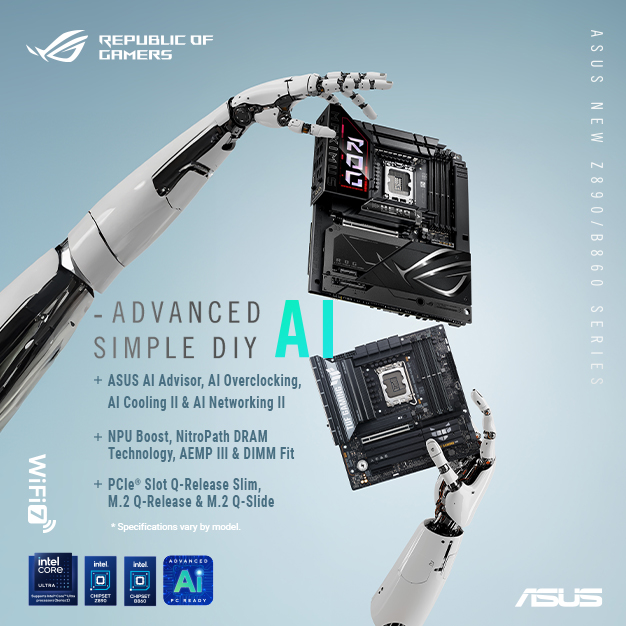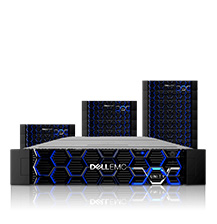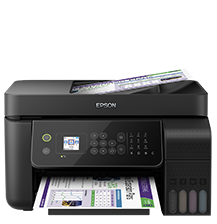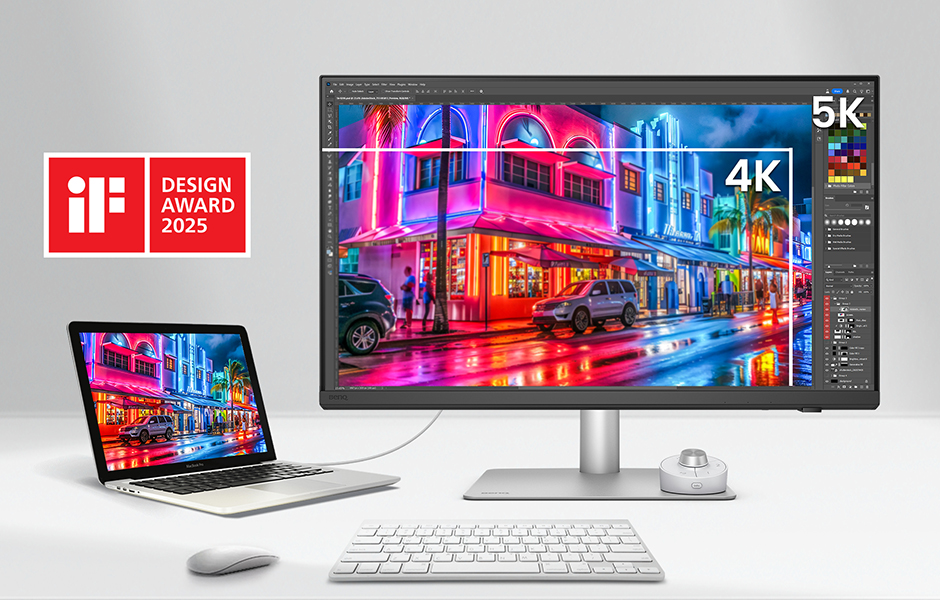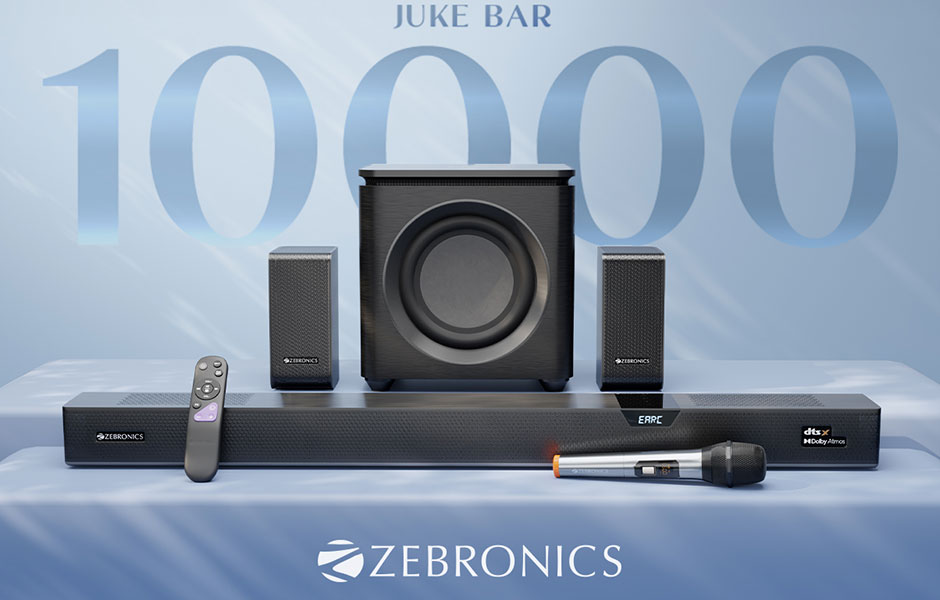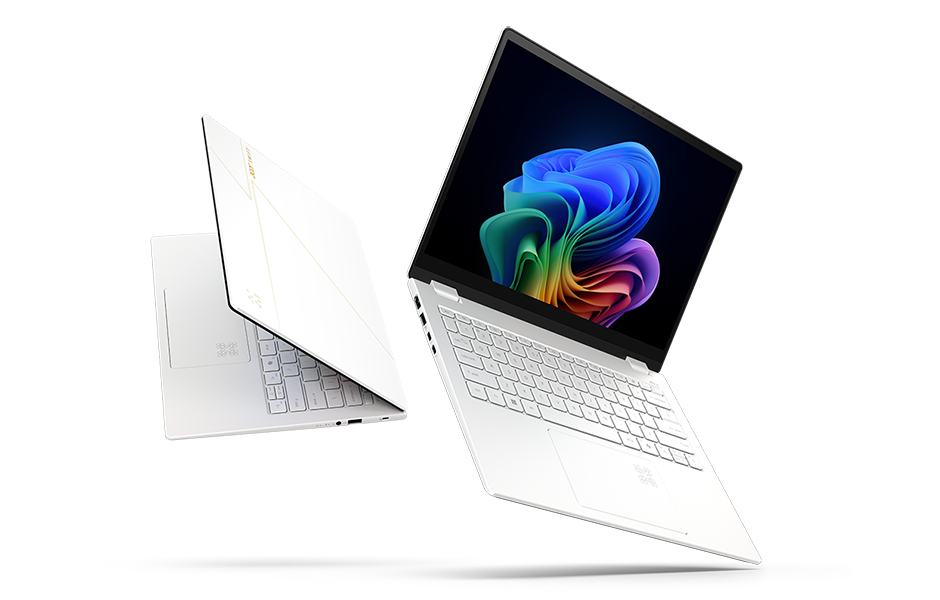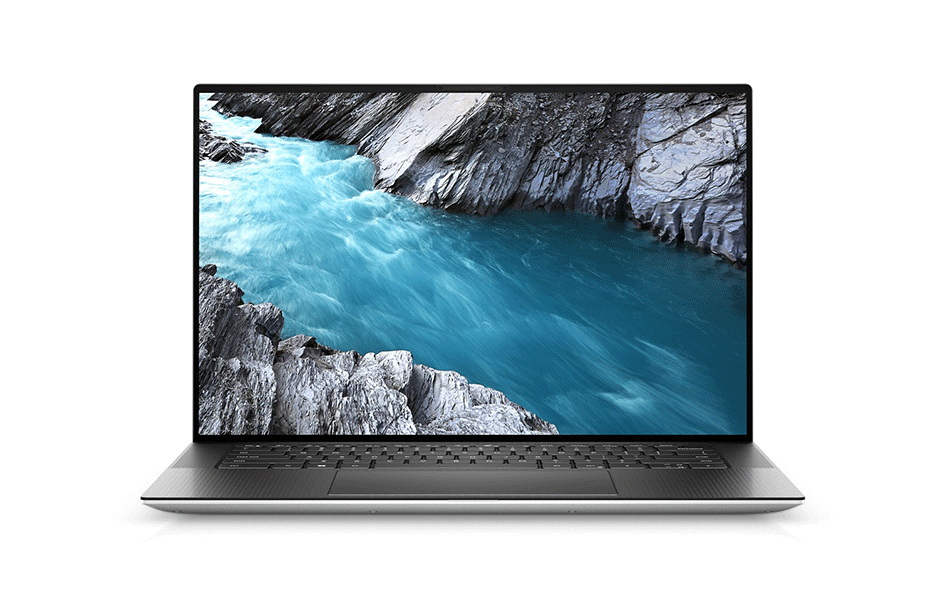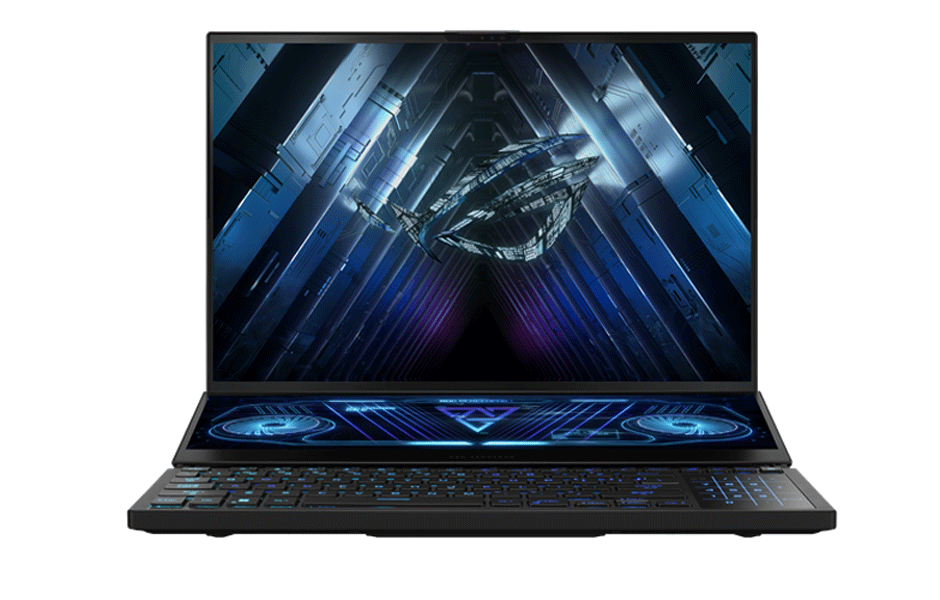HP Enterprise’s in-space edge computing SBC-2 to be lifted-off for ISS on 20th Feb 2021
Digital Edge Bureau 12 Feb, 2021 0 comment(s)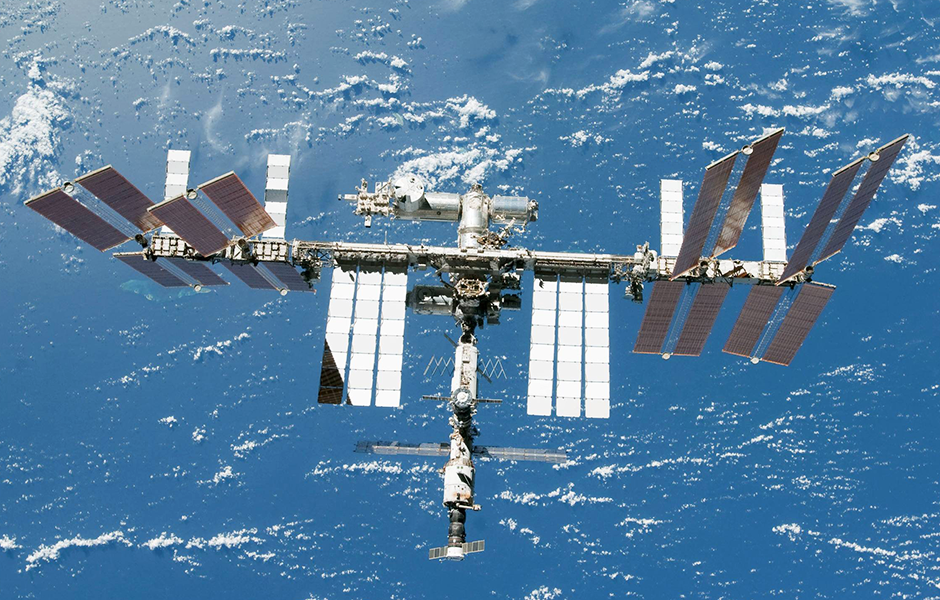
Astronomers and space explorers onboard international space station (ISS) would get huge benefits out of HP Enterprise’s in-space edge computing platform, SBC-2 (Spaceborne Computer-2)
Once again, HP Enterprise (HPE) infuses solution possibilities in addressing altogether new and startling requirements. Yes, the company has developed in-space edge computing platform, SBC-2 (Spaceborne Computer-2) that promises to assist astronomers and space explorers in venturing deeper into space for harnessing desired objective.
In fact, astronomers and space explorers onboard international space station (ISS) will speed time-to-insight from months to minutes on various experiments in space – from processing medical imaging and DNA sequencing to unlocking key insights from volumes of remote sensors and satellites – using HPE’s SBC-2.
The SBC-2 is scheduled to launch into orbit on the 15th Northrop Grumman Resupply Mission to Space Station (NG-15) on February 20, and would be available for use on ISS for the next two to three years. The NG-15 spacecraft has been named ‘SS Katherine Johnson’ in honor of Katherine Johnson, a famed black female NASA mathematician who was critical to the early success of the space program.
Dr. Mark Fernandez, Solution Architect, Converged Edge Systems, HPE & Principal Investigator for Spaceborne Computer-2, said, “The most important benefit to delivering reliable in-space computing with SBC-2 is making real-time insights a reality. Space explorers can now transform how they conduct research based on readily available data and improve decision-making”. “We’re honored to make edge computing in space possible and through our longstanding partnerships with NASA and the International Space Station U.S. National Laboratory, we are look forward to powering new, exciting research opportunities to make breakthrough discoveries for humanity”.
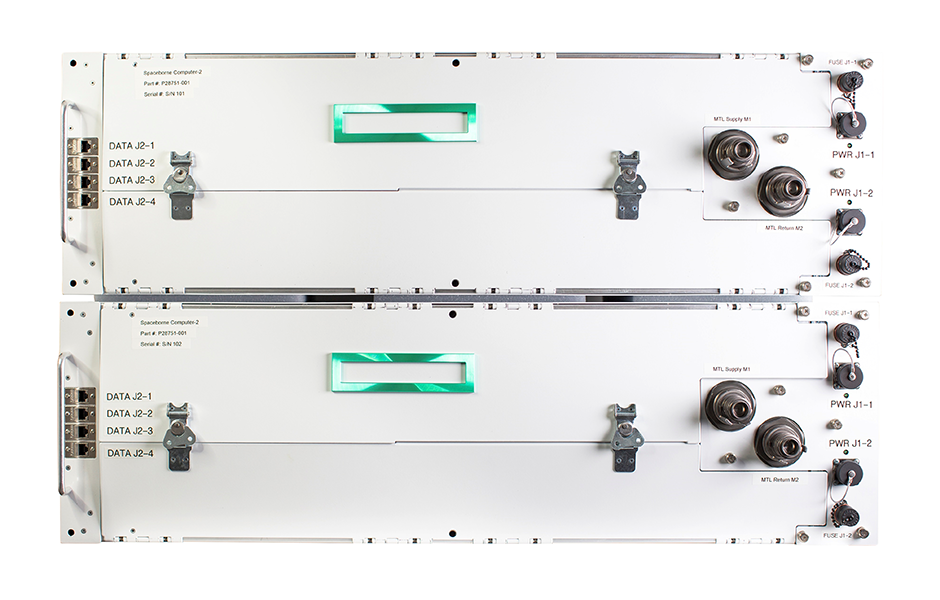
HP Enterprise’s Spaceborne Computer-2 (SBC-2) promises to assist astronomers and space explorers in venturing deeper into space for harnessing desired objectives
HPE is delivering the same edge computing technologies targeted for harsh, remote environments on earth such as oil and gas refineries, manufacturing plants or on defense missions, to space. The SBC-2 includes the HPE Edgeline Converged EL4000 Edge System, a rugged and compact system designed to perform in harsher edge environments with higher shock, vibration and temperature levels and purpose-built to process computing power at the edge to collect and analyze volumes of data from remotely scattered devices and sensors in space. The SBC-2 will also feature the HPE ProLiant DL360 server, an industry-standard server, for additional high-performing capabilities to target a range of workloads, including edge, HPC (high performance computing) and AI (artificial intelligence).
“Edge computing provides core capabilities for unique sites that have limited or no connectivity, giving them the power to process and analyze data locally and make critical decisions quickly. With HPE Edgeline, we deliver solutions that are purposely engineered for harsh environments. Here on Earth, that means efficiently processing data insights from a range of devices – from security surveillance cameras in airports and stadiums, to robotics and automation features in manufacturing plants,” said Shelly Anello, General Manager, Converged Edge Systems at HPE. “As we embark on our next mission in edge computing, we stand ready to power the harshest, most unique edge experience of them all: outer space. We are thrilled to be invited by NASA and the International Space Station to support this ongoing mission, pushing our boundaries in space and unlocking a new era of insight.”
Also, through a collaboration with Microsoft Azure Space, researchers around the world running experiments on Spaceborne Computer-2 have the opportunity to burst to the Azure cloud for computationally intense processing needs that require that can also seamlessly transmit results back to SBC-2.






